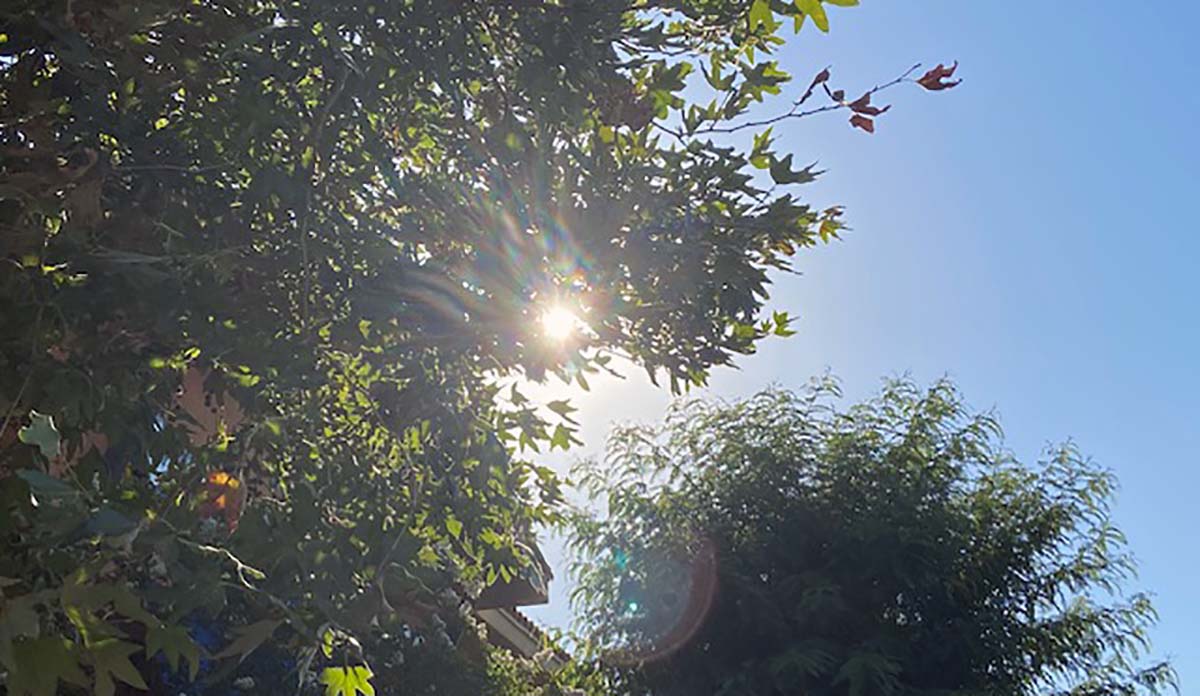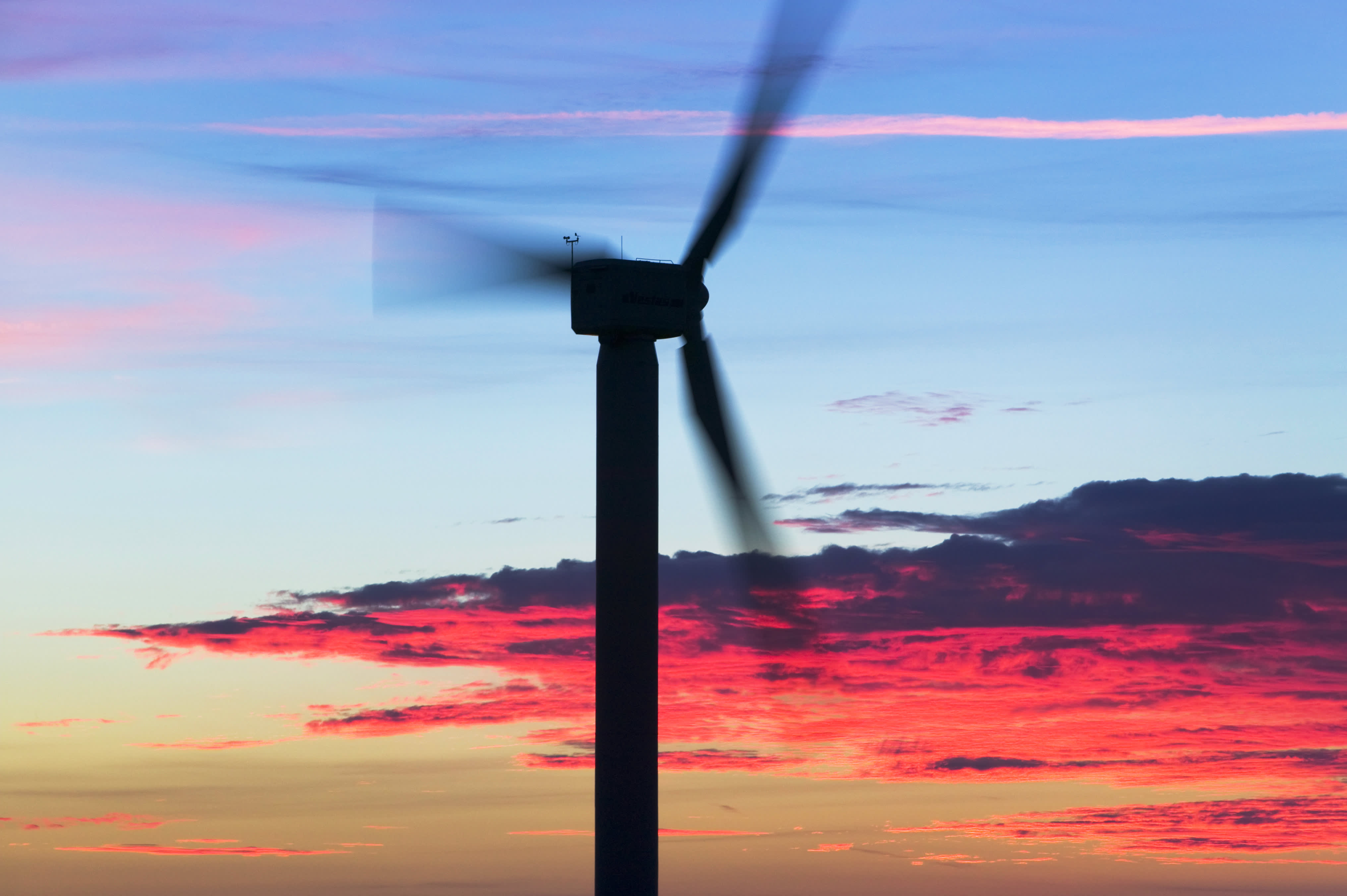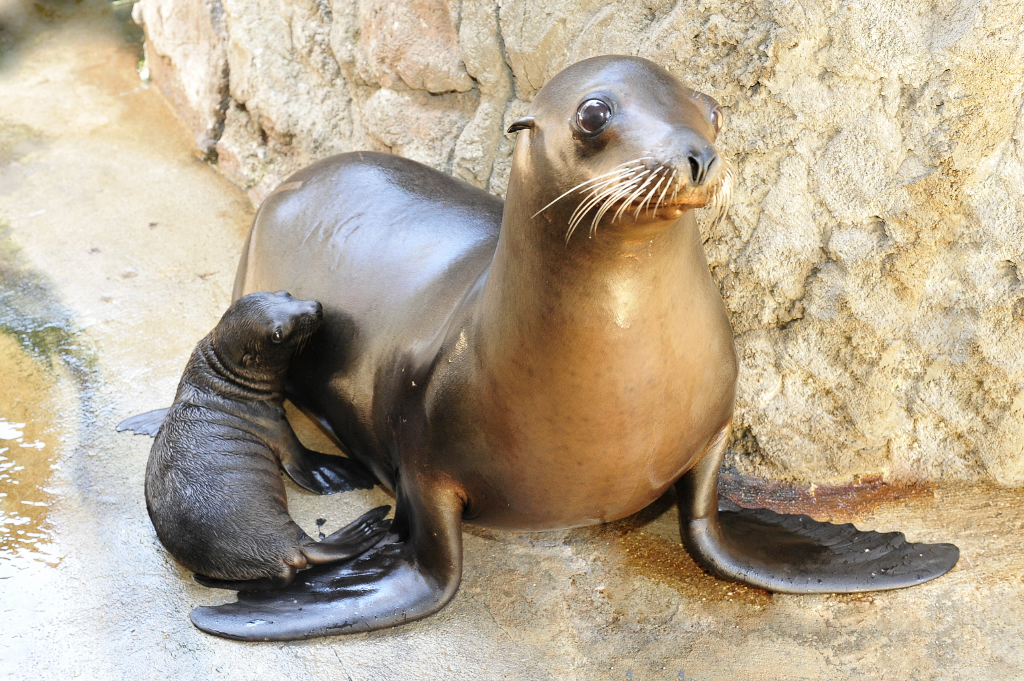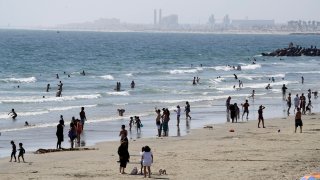
Los Angeles and Orange counties dominated an environmental group's annual honor roll listing of beaches with perfect year-round water-quality grades, with the report released Tuesday finding excellent water quality at the vast majority of California's beaches.
A total of 35 California beaches earned spots on the Heal the Bay's Honor Roll, down from 42 last year. Orange County led the way with 10 entries on the list, while Los Angeles County had seven.
Orange County beaches making the grade were Newport Bay Promontory Point; Crystal Cove; Newport Beach at Orange Street; Newport Beach at 52nd/53rd Street; Balboa Beach Pier; Balboa Beach The Wedge; Crystal Cove; 1000 Steps Beach; North Aliso County Beach; and Treasure Island Beach.
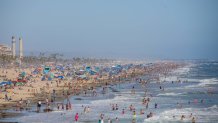
Get top local stories in Southern California delivered to you every morning. Sign up for NBC LA's News Headlines newsletter.
In Los Angeles County, Honor Roll beaches were Royal Palms State Beach, which was number two on the list overall; Leo Carrillo Beach at Arroyo Sequit Creek; Puerco State Beach at the creek mouth; Las Flores State Beach at Las Floes Creek; Broad Beach at Trancas Creek; Escondido State Beach at Escondido Creek; and Nicholas Beach at San Nicholas Canyon Creek.
While the news in Heal the Bay's 31st annual Beach Report Card was mostly good, Los Angeles County had one beach land on the organization's Beach Bummer List of the most polluted beaches in the state — Mother's Beach in Marina del Rey.
"The beach is enclosed and experiences little wave action, so bacteria pollution does not get flushed away from the shore," according to the report.
Heal the Bay's report assigns letter grades to beaches based on water quality and pollution, ranging from A to F. According to the report, 93% of California beaches received an A or B grade for summer 2020, roughly on par with the five-year average. During dry winter conditions, 92% of beaches scored an A or B, but during wet weather, just 57% of beaches received top marks.
The report notes that the wet weather results may be skewed by lower-than-usual water sampling during the period, with five counties not collecting any samples during wet weather. But the report's authors noted that the poor wet-weather grades are concerning, given that rainfall in coastal counties was 41% below the historical average over the winter, yet the beach quality grades still fell.
Testing results for Southern California beaches, extending from Santa Barbara through San Diego counties, were generally on par with the statewide results, with 94% of beaches receiving A or B grades during dry summer months.
Shelley Luce, Heal the Bay president/CEO, wrote in the report that climate change continues to present challenges for the coastline.
"All regions of California are experiencing extreme or exceptional drought conditions in 2021," Luce said. "Although decreases in rainfall generally improve water quality, our beaches and ocean ecosystems are still threatened by sea level rise, ocean acidification and other pollution sources."
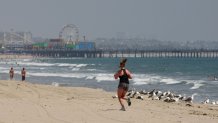
"This is alarming as we expect people to increasingly seek out ocean beaches and freshwater swimming holes to cool off as local temperatures rise."
The organization also noted the need for equity in public access to waters, and in ensuring that everyone can go to healthy and safe beaches without fear of getting sick.
"Low-income communities of color tend to be the most burdened communities, bearing the brunt of environmental pollution and limited access to open space," the report said.
“A day at the beach and the river shouldn’t make anyone sick,” Luce said.

